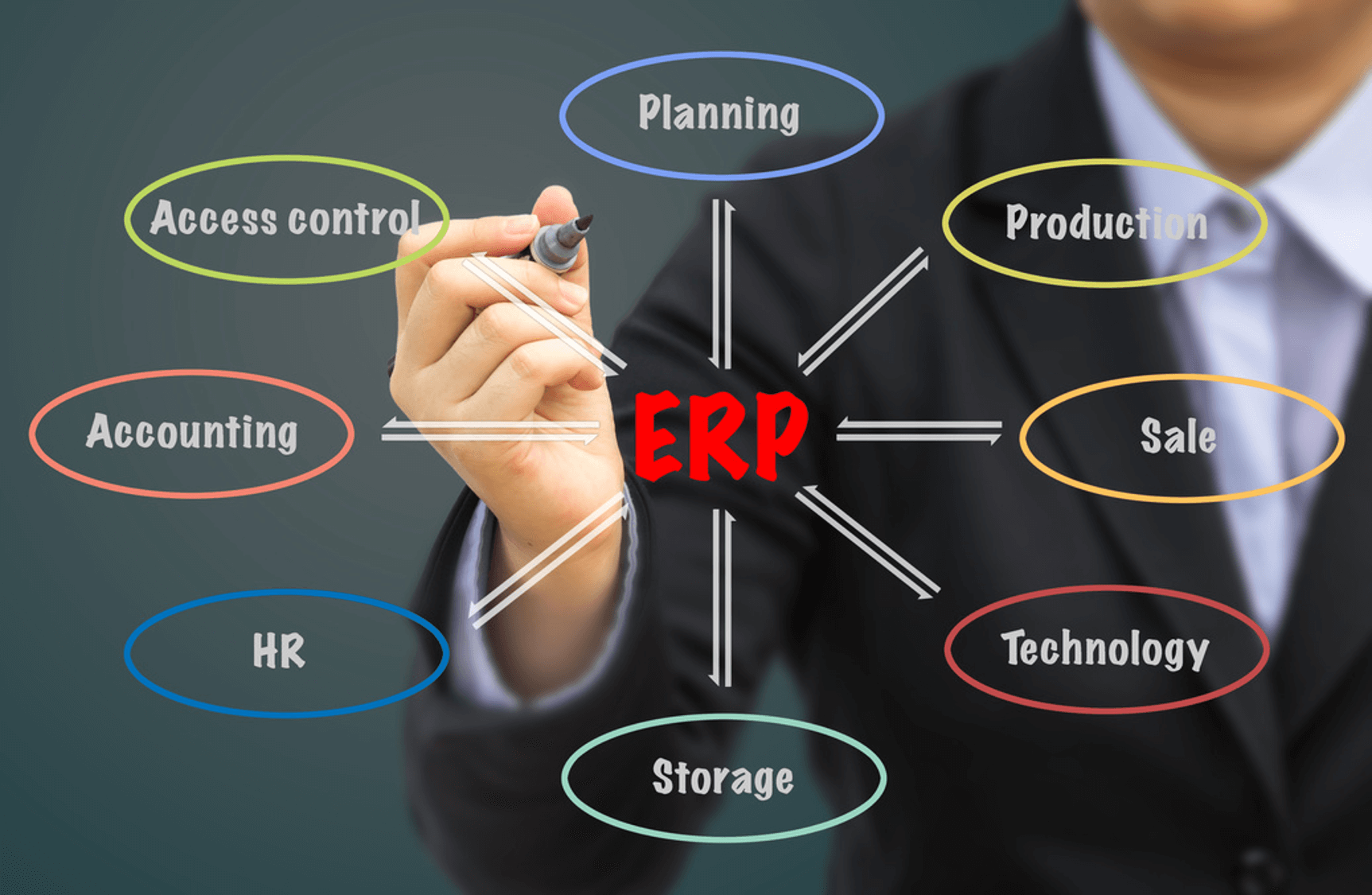Bahran – In an increasingly complex business world, efficiency is the key to success. One of the best solutions for managing resources optimally is a resource planning system. This system helps companies plan, allocate, and optimize resource usage effectively. This article will provide an in-depth discussion on the concept, benefits, and implementation of a resource planning system in your business.
What Is a Resource Planning System?
A resource planning system is software or a system designed to help companies manage resources, including workforce, equipment, materials, and time. With this system, businesses can increase productivity, reduce waste, and ensure that every resource is used to its fullest potential.
This technology is often associated with Enterprise Resource Planning (ERP), an integrated system for managing various business aspects. However, a resource planning system focuses more on the specific management of resources to ensure efficient operations.
Benefits of Using a Resource Planning System
Adopting a resource planning system can provide various benefits for businesses, including:
1. Enhancing Operational Efficiency
With this system, companies can reduce time-consuming manual tasks. Automating resource management processes helps businesses operate more efficiently and productively.
2. Optimized Resource Management
The system enables companies to allocate workforce, equipment, and materials more effectively. As a result, no resources are wasted.
3. Reducing Operational Costs
Using a resource planning system helps companies cut unnecessary costs. For instance, businesses can avoid overstocking or material shortages that could disrupt production.
4. Improved Planning Accuracy
This system allows businesses to make more accurate forecasts regarding future resource needs. With well-structured data, decision-making becomes more precise.
5. Increasing Customer Satisfaction
With more efficient business processes, companies can deliver services more quickly and responsively. This contributes to increased customer satisfaction and loyalty.
How to Implement a Resource Planning System?
For a successful implementation of a resource planning system, consider the following key steps:
1. Evaluate Business Needs
Before selecting a system, conduct an in-depth analysis of your business needs. Identify the main challenges in resource management and find the most suitable solution.
2. Choose the Right System
Various types of resource planning systems are available in the market. Ensure that you choose a system that matches your business scale and needs. Factors to consider include features, flexibility, and integration with other systems.
3. Provide Employee Training
To ensure effective usage, provide training to employees who will operate the system. Make sure they understand how to maximize its features.
4. Integrate with Other Systems
For better effectiveness, a resource planning system should integrate with other business systems, such as ERP or Customer Relationship Management (CRM). This ensures seamless data flow and better decision-making.
5. Continuous Monitoring and Evaluation
After implementation, conduct regular monitoring to ensure its effectiveness. If challenges arise, make necessary adjustments to keep the system running optimally.
Future Trends in Resource Planning Systems
As technology advances, resource planning systems are experiencing significant innovations. Some emerging trends in these systems include:
1. Artificial Intelligence (AI)
AI is increasingly being integrated into resource planning systems to analyze data and provide the best recommendations for resource management. With AI, companies can enhance efficiency automatically.
2. Cloud-Based Systems
Many businesses are shifting to cloud-based systems because they are more flexible and cost-effective. These systems allow real-time data access from various locations, facilitating team coordination.
3. Automation and the Internet of Things (IoT)
The integration of resource planning systems with IoT enables real-time resource monitoring. For example, manufacturing companies can control machine and material usage more accurately.
4. Advanced Data Analytics
More sophisticated data analytics allow companies to make data-driven decisions more accurately. With fast data processing, businesses can be more responsive to market changes.
Conclusion
Adopting a resource planning sistem is a strategic step for businesses looking to enhance efficiency and productivity. With this system, companies can manage resources better, reduce operational costs, and improve customer satisfaction. In an increasingly advanced digital era, investing in this technology is a smart choice to stay competitive.
If your business has not yet implemented a resource planning sistem, now is the perfect time to consider it. With careful planning and proper implementation, this system can be the key to your business success in the future.







